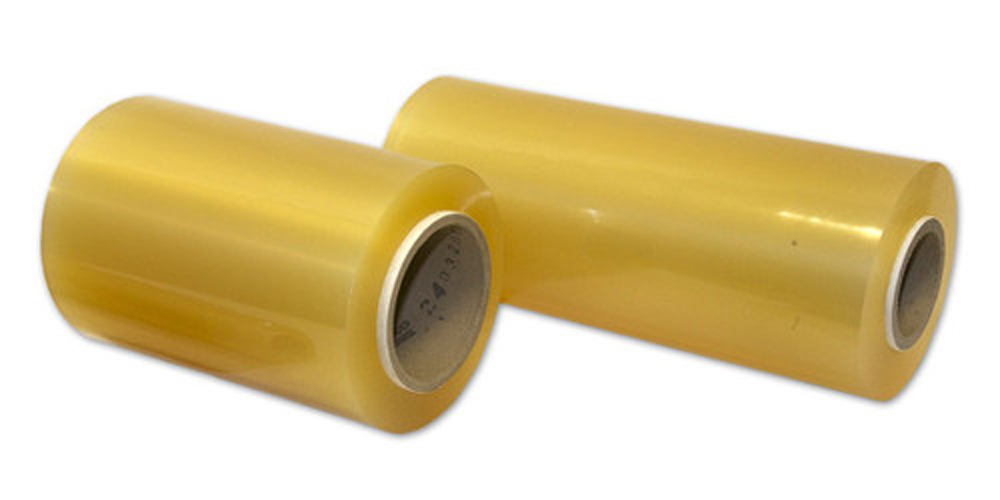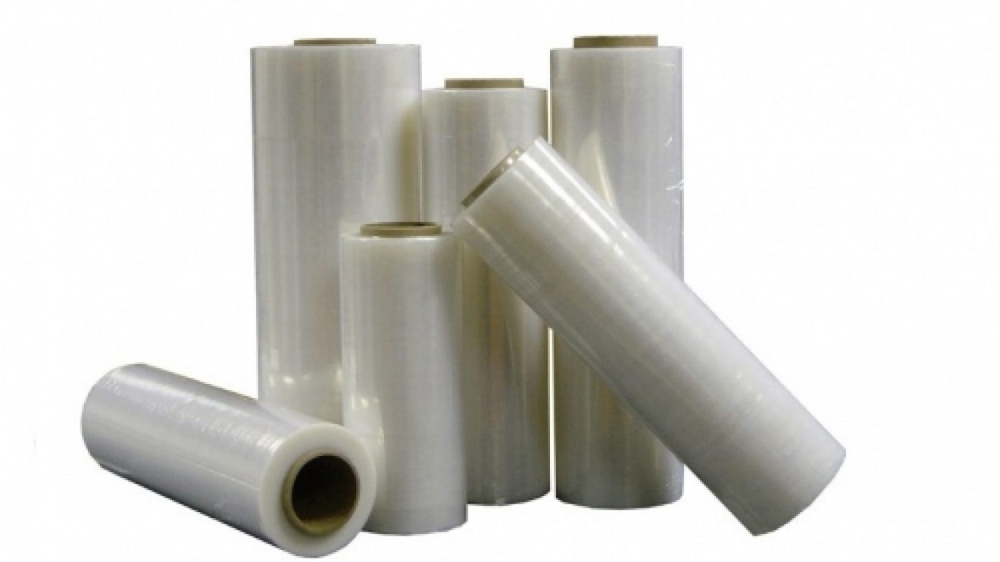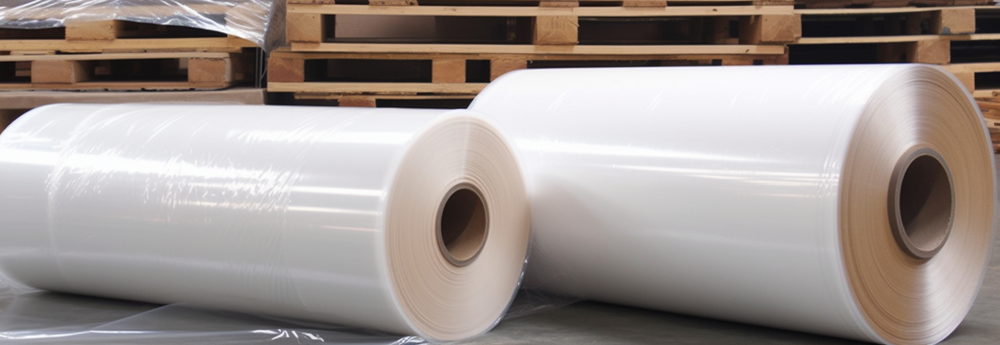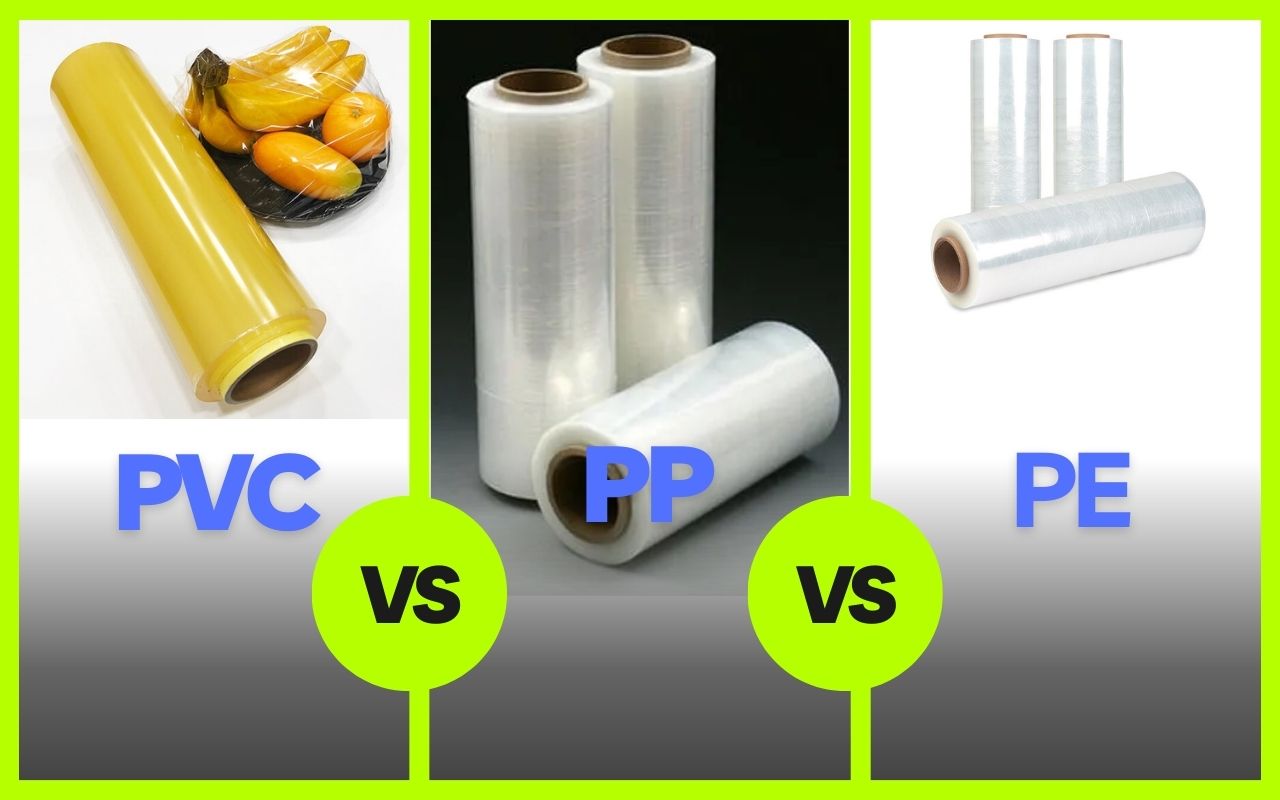Are you in search of the ideal stretch film to meet your packaging requirements? Gaining a comprehensive understanding of the distinctions between PVC, PE, and PP stretch films is crucial. This article provides an in-depth exploration of their unique characteristics, properties, merits, and drawbacks, thereby assisting you in selecting the most suitable film for your specific needs. Uncover the optimal solution to safeguard and preserve your products throughout transportation and storage.

PVC, PE, and PP stretch films are favored selections for packaging and safeguarding goods. PVC, with its superior clarity and puncture resistance, is ideally suited for food packaging and display purposes. PE, offering cost-effectiveness and moderate puncture resistance, is perfect for general applications. PP, distinguished by its high puncture resistance, heat resistance, and recyclability, is the go-to choice for industrial packaging and agriculture. When choosing the right film, it’s essential to consider factors such as puncture resistance, stretchability, clarity, and cost-effectiveness.
Delve into comprehensive comparisons of PVC, PE, and PP stretch films, revealing their unique attributes and performance characteristics. Understand how these differences can influence the efficacy of each film across various applications. Gain valuable insights to aid in the selection of the most appropriate stretch film for your specific packaging requirements.
PVC Stretch Film:

Definition of PVC Stretch Film:
PVC stretch film is a versatile plastic film made from Polyvinyl Chloride. It is produced by extrusion and is commonly available in transparent or colored form.
Characteristics and Properties of PVC Stretch Film:
- Excellent clarity: PVC stretch film offers high transparency, allowing easy visibility of packaged goods.
- Superior puncture resistance: PVC stretch film exhibits remarkable resistance to punctures, making it suitable for wrapping sharp-edged objects or products with protrusions.
- Good stretchability: PVC stretch film can be stretched up to 300-400% of its original length, providing excellent load containment.
- Moderate clinginess: PVC stretch film adheres well to itself, ensuring secure packaging without leaving residue on the packaged goods.
- UV resistance: PVC stretch film possesses inherent UV resistance, making it suitable for outdoor applications.
- Not suitable for high-temperature environments: PVC has a lower melting point compared to PE and PP, limiting its use in high-temperature environments.
Advantages and Disadvantages of PVC Stretch Film:
| Excellent clarity for easy product identification | Not suitable for high-temperature environments |
| High puncture resistance for enhanced protection | Environmental concerns: PVC is not as environmentally friendly as PE and PP and can release toxic gases when burned |
| Good stretchability for secure load containment | |
| UV resistance for outdoor applications |
Common Applications of PVC Stretch Film:
- Food industry: Wrapping perishable goods, such as fruits and vegetables.
- Industrial applications: Packaging building materials, metal parts, and machinery.
- Display packaging: Showcasing products in retail environments.
PE Stretch Film:

Definition of PE Stretch Film:
PE stretch film is a flexible plastic film made from Polyethylene, a widely used polymer in the packaging industry. It is manufactured through the extrusion process and is available in various thicknesses and colors.
Characteristics and Properties of PE Stretch Film:
- Good clarity: PE stretch film provides satisfactory clarity, allowing partial visibility of packaged goods.
- Moderate puncture resistance: PE stretch film offers moderate puncture resistance, suitable for packaging products with regular shapes and minimal sharp edges.
- Excellent stretchability: PE stretch film can be stretched up to 200-300% of its original length, providing decent load containment.
- High clinginess: PE stretch film has a high level of clinginess, ensuring secure bundling and preventing the film from slipping.
- Suitable for cold environments: PE stretch film retains its properties even in low-temperature environments.
Advantages and Disadvantages of PE Stretch Film:
| Cost-effective option for general packaging needs | Lower puncture resistance compared to PVC and PP stretch films |
| Good stretchability for secure load containment | Lower clarity compared to PVC stretch film |
| Suitable for cold environments | |
| Recyclable and environmentally friendly |
Common Applications of PE Stretch Film:
- Palletizing goods for transportation and storage.
- Wrapping furniture and appliances for protection during relocation.
- Securing products in e-commerce and retail environments.
PP Stretch Film:
Definition of PP Stretch Film:
PP stretch film is a type of plastic film made from Polypropylene, a thermoplastic polymer. It is produced through the extrusion process and is available in various thicknesses, colors, and finishes.
Characteristics and Properties of PP Stretch Film:
- Moderate clarity: PP stretch film offers moderate transparency, allowing partial visibility of packaged goods.
- High puncture resistance: PP stretch film exhibits excellent resistance to punctures, making it suitable for packaging sharp-edged or heavy items.
- Excellent stretchability: PP stretch film can be stretched up to 200-300% of its original length, providing secure load containment.
- Low clinginess: PP stretch film has a low cling level, allowing easy unwinding and preventing the film from sticking to the packaged goods.
- Heat resistance: PP stretch film has a higher melting point compared to PVC and PE, making it suitable for high-temperature applications.
- Environmentally friendly: PP is a recyclable material, contributing to sustainability efforts.
Advantages and Disadvantages of PP Stretch Film:
| High puncture resistance for robust protection | Lower clarity compared to PVC stretch film |
| Good stretchability for secure load containment | Low clinginess may require additional securing methods in some applications |
| Heat resistance for use in high-temperature environments | |
| Environmentally friendly and recyclable |
Common Applications of PP Stretch Film:
- Industrial packaging: Wrapping and securing heavy machinery, metal parts, and industrial equipment.
- Bulk packaging: Unitizing cartons and containers for transportation.
- Agriculture: Protecting and bundling hay bales, agricultural products, and nursery items.
Differences Between PVC, PE, and PP Stretch Film:

| Type | PVC Stretch Film | PE Stretch Film | PP Stretch Film |
|---|---|---|---|
| Puncture Resistance | Superior | Moderate | Good |
| Stretchability | Excellent | Excellent | Good |
| Clarity | Excellent | Moderate | Moderate |
| Cost-effectiveness | More expensive | Most cost-effective | Cost-effective |
| Temperature Resistance | Not suitable for high temperatures | Suitable for all temperatures | Suitable for high temperatures |
| Environmental Impact | Less environmentally friendly and recyclable | More environmentally friendly and recyclable | More environmentally friendly and recyclable |
Analysis of How Differences Affect Performance:
The selection of stretch film hinges on the specific application and the performance characteristics desired. PVC stretch film emerges as the ideal choice when high puncture resistance, superior clarity, and UV resistance are paramount, as is often the case in the food industry or for display packaging. PE stretch film, on the other hand, is apt for general-purpose applications that demand cost-effectiveness, moderate puncture resistance, and commendable stretchability, such as when palletizing goods or securing products during transit. For applications requiring high puncture resistance, heat resistance, and recyclability, such as industrial packaging or agriculture, PP stretch film is the preferred option.

Choosing the Right Stretch Film for Specific Applications:
When determining the most suitable stretch film, take into account the following considerations:
- Product Nature: Ascertain the shape, weight, and sharpness of the items to be packaged.
- Transportation and Storage Conditions: Take into account variations in temperature, exposure to sunlight, and potential hazards.
- Visibility Requirements: Evaluate whether high clarity or partial visibility of the packaged products is necessary.
- Budgetary Constraints: Assess the cost-effectiveness of the stretch film option.
- Environmental Impact: Reflect on the recyclability and sustainability of the stretch film material.
Based on the analysis of the differences between PVC, PE, and PP stretch films, here are some recommendations for specific situations:
For packaging perishable items or products necessitating superior clarity and UV resistance, PVC stretch film emerges as the recommended option. It is particularly suited for the food industry and display packaging.
When general-purpose applications call for cost-effectiveness and moderate puncture resistance, PE stretch film is an apt choice. It finds common use in palletizing goods and securing products during transit.
In scenarios demanding high puncture resistance, heat resistance, and recyclability, PP stretch film is the preferred selection. It is ideal for industrial packaging, agriculture, and other applications within high-temperature environments.
Choosing the right stretch film requires careful consideration of several factors, including the nature of the product, transportation and storage conditions, required level of visibility, budget constraints, and environmental impact. By meticulously evaluating these aspects and comprehending the unique properties of PVC, PE, and PP stretch films, you can make an informed decision and select the stretch film that best aligns with your specific application.
Conclusion

Choosing the right stretch film is crucial for secure and efficient packaging. By understanding the characteristics and differences between PVC, PE, and PP stretch films, you can make informed decisions tailored to your specific requirements. Whether you prioritize puncture resistance, stretchability, or cost-effectiveness, this article equips you with the knowledge to select the optimal film for your packaging applications.
RFQ
What are the primary uses of PVC stretch film? PVC stretch film is predominantly used in the food industry, industrial applications, and retail displays due to its superior clarity and excellent puncture resistance.
How does PE stretch film contribute to environmental sustainability? PE stretch film, crafted from Polyethylene, is recyclable, positioning it as a more eco-friendly alternative to PVC stretch film.
Why is PP stretch film appropriate for high-temperature conditions? PP stretch film, made from Polypropylene, possesses a higher melting point than PVC and PE, making it a robust choice for high-temperature environments.
What restricts the use of PVC stretch film in high-temperature settings? PVC’s lower melting point, compared to PE and PP, limits its applicability in high-temperature environments.
Which stretch film offers the most cost-effective solution? PE stretch film emerges as the most economical option, making it an ideal choice for general packaging requirements.
What considerations should guide the selection of a stretch film? The selection should be influenced by factors such as product nature, transportation and storage conditions, visibility requirements, budget constraints, and environmental impact.
What environmental concerns are associated with PVC stretch film? PVC, being less environmentally friendly than PE and PP, can emit toxic gases when incinerated, raising environmental concerns.
How do PVC, PE, and PP stretch films differ from each other? The key differentiators among these stretch films lie in their puncture resistance, stretchability, clarity, cost-effectiveness, temperature resistance, and environmental impact.
Is it possible to use a single type of stretch film for all packaging needs? The suitability of a stretch film type depends on the specific requirements of your packaging needs, as each film possesses unique properties.
How can I seek a consultation for my packaging requirements? The team at Rolls Stretch Film is available for comprehensive consultations to help you understand the unique properties of each stretch film type and provide tailored recommendations for your specific needs.














